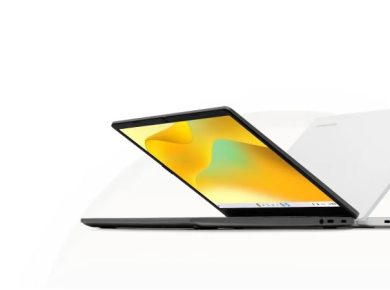User interface (UI) design refers to the process of designing and organizing the visual and interactive elements of a browser extension, focusing on usability, aesthetics, and user experience. UI design plays a crucial role in shaping the overall user experience, ensuring the extension is intuitive, efficient, and visually appealing.
Benefits of UI Design
UI design offers several advantages:
Enhanced User Experience: UI design improves the user experience by making the extension intuitive, easy to use, and visually appealing.
Efficiency: A well-designed UI streamlines user workflows, reducing cognitive load and improving task completion rates.
Visual Appeal: UI design enhances the visual appeal of the extension, making it more engaging and memorable.
User Engagement: A well-designed UI encourages user interaction and exploration, fostering a deeper connection with the extension.
Feature Discoverability: UI design ensures that extension features are easily discoverable, reducing the learning curve for users.
Common UI Design Principles
There are several key principles of UI design:
- Usability: UI design focuses on creating interfaces that are easy to use, learnable, and efficient.
- Visual Hierarchy: UI design establishes a clear visual hierarchy, ensuring important elements stand out and users can quickly identify key functionalities.
- Consistency: UI design promotes consistency in design elements, such as colors, typography, and layout, creating a cohesive user experience.
- User Feedback: UI design incorporates user feedback to ensure the extension meets user needs and expectations.
- Accessibility: UI design considers accessibility standards, ensuring the extension is usable by individuals with disabilities.
Common UI Design Techniques
There are several techniques commonly used in UI design:
- Visual Design: Creating an appealing visual design that captures the extension’s purpose and brand identity.
- Information Architecture: Organizing content and functionality in a logical and intuitive manner.
- Interaction Design: Defining how users interact with the extension, including gestures, buttons, and navigation patterns.
- User Interface Patterns: Leveraging established UI patterns, such as menus, buttons, and input fields, to create familiar and intuitive interfaces.
- User Testing: Conducting user testing to gather feedback and improve the UI design.
Implementing UI Design
To implement UI design:
- Understand User Needs: Research and understand the target audience’s needs, preferences, and expectations.
- Establish Visual Hierarchy: Create a clear visual hierarchy that highlights important elements and guides users through the interface.
- Apply Visual Design Principles: Use color, typography, and layout techniques to create an appealing and intuitive interface.
- Incorporate User Feedback: Incorporate user feedback to ensure the UI design meets user expectations and requirements.
- Test and Iterate: Continuously test and iterate the UI design, making improvements based on user feedback and testing.
Challenges and Considerations
While UI design offers benefits, there are considerations to keep in mind:
- Cross-Browser Compatibility: Ensuring the UI design is compatible across different browsers and devices can be challenging.
- Scalability: UI design should accommodate future growth and additional features, ensuring the interface remains usable and efficient.
- Localization: UI design should consider localization, adapting the interface for different languages and cultural contexts.
- Performance Impact: Complex UI designs or animations may impact performance, especially on older devices or slower connections.
- User Feedback Loop: Establishing a feedback loop with users is crucial for gathering insights and making informed design decisions.
UI design is a critical aspect of browser extension development, shaping the user experience and visual appeal. By focusing on usability, visual hierarchy, and user feedback, developers can create intuitive, efficient, and engaging interfaces.
UI design ensures that extension features are easily discoverable, enhancing user satisfaction and adoption. However, it’s important to address cross-browser compatibility, scalability, and localization considerations to create a UI design that resonates with users and meets their needs and expectations.




